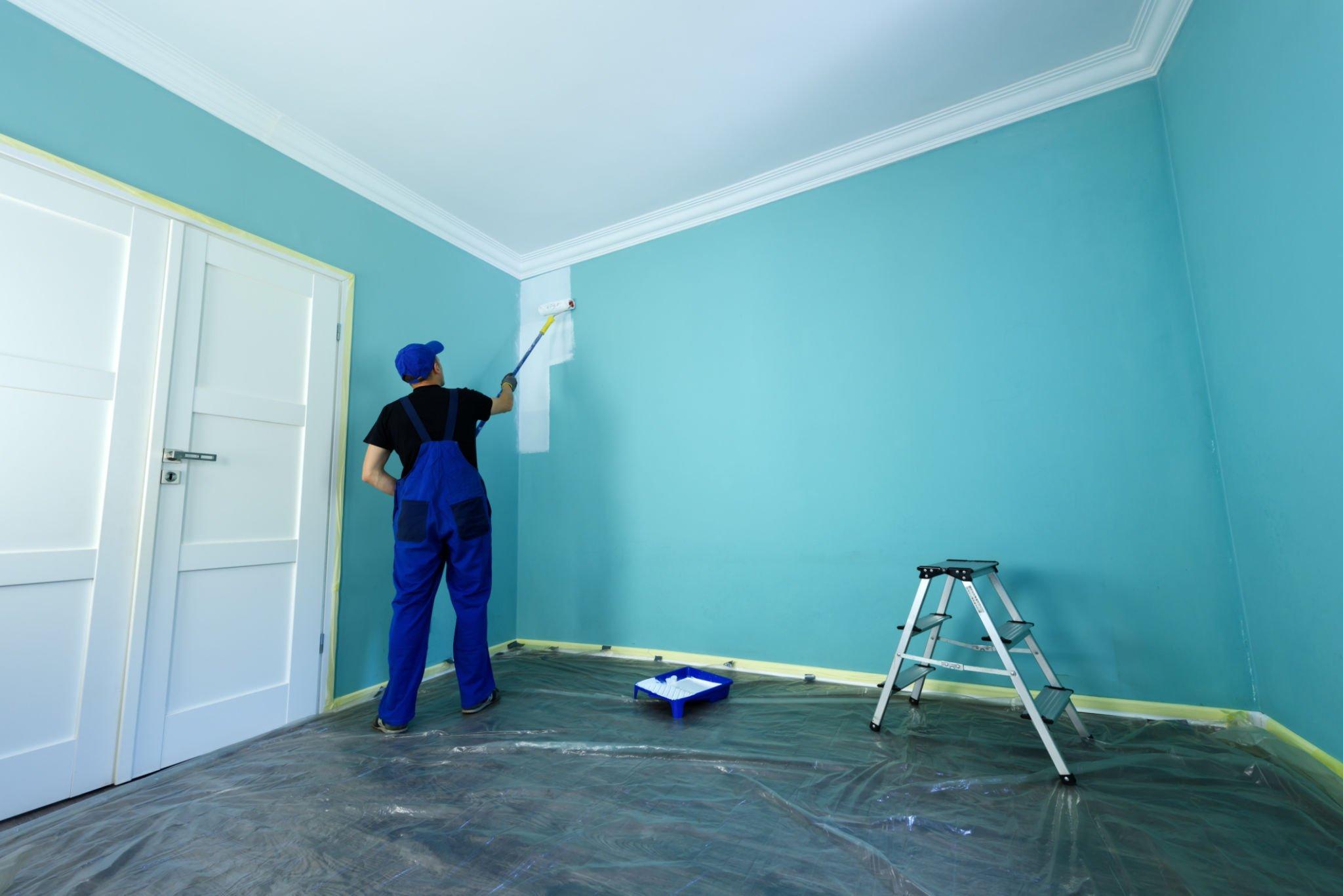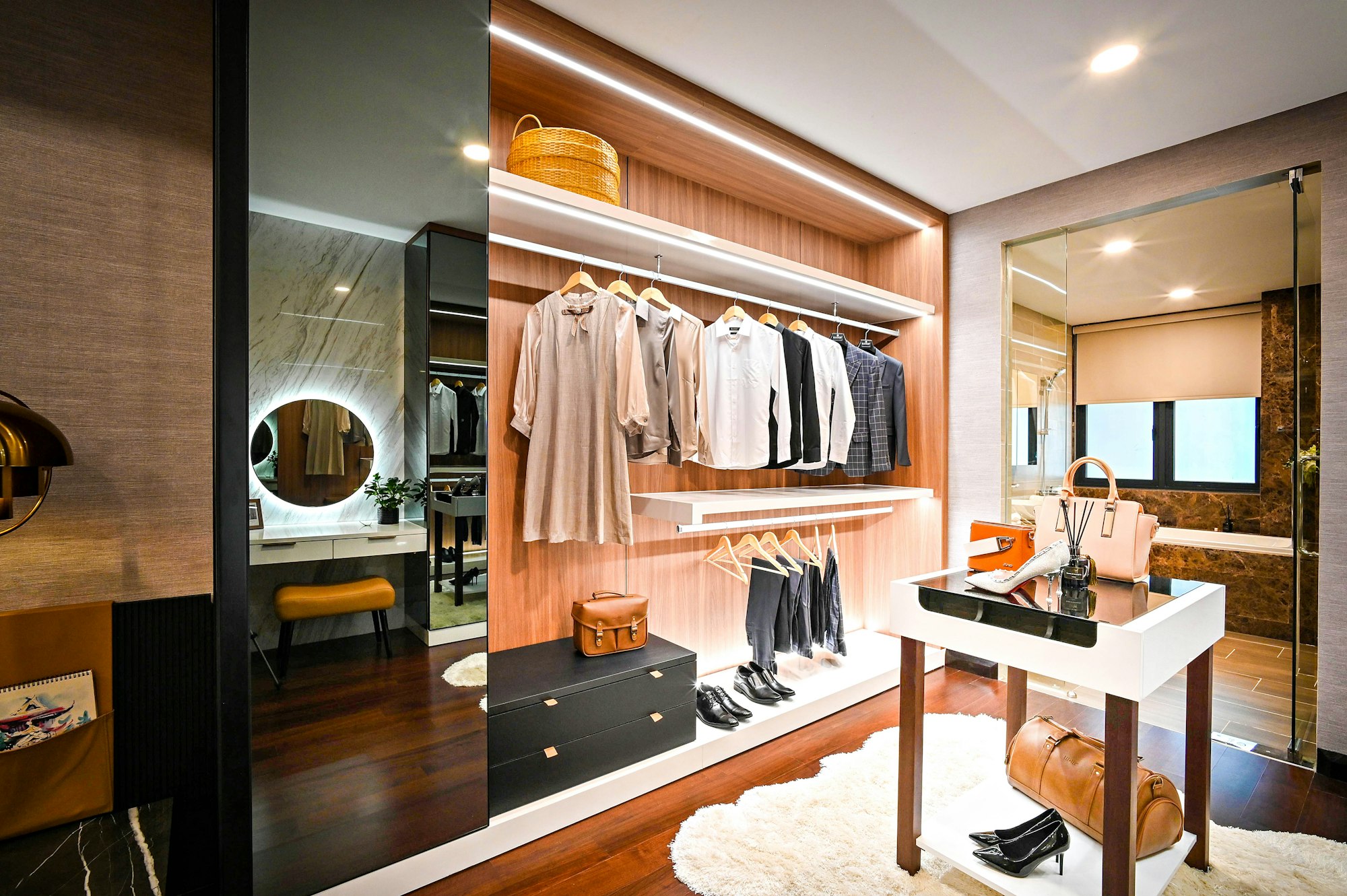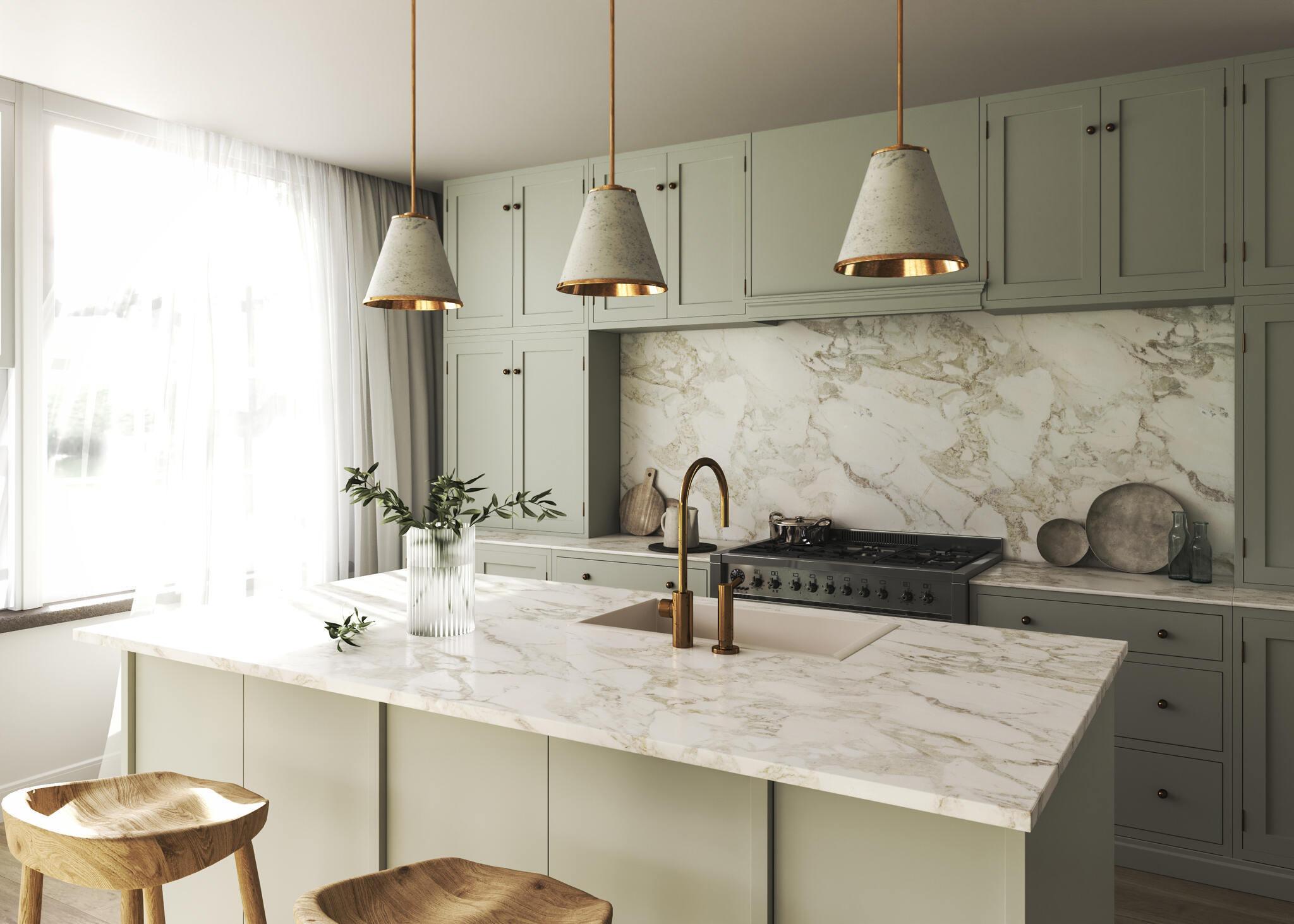Selecting the ideal color palette for your home is a transformative decision, influencing not just aesthetics but the ambiance and functionality of each space.
This guide navigates the intricate process of interior painting, offering practical insights and creative considerations to help you craft a home that resonates with your style and meets your daily needs.
Beyond personal taste, the professionals at Painterly delve into the principles of design, ensuring your choices form a cohesive and visually pleasing tapestry throughout your living spaces. Join us on this journey to discover the art and science of choosing the perfect color palette for your interior.
Understanding the Basics
Before delving into the kaleidoscope of colors, it’s crucial to understand the basics. Consider the function of the room and the emotions you want to evoke. Warm tones like reds and yellows can create a cozy, energetic feel, perfect for social spaces.
Cool tones like blues and greens impart a sense of calm and tranquility, ideal for bedrooms or spaces intended for relaxation. For those seeking balance, neutral tones offer a timeless canvas adaptable to various styles.
Harmony in the Palette

A well-chosen palette maintains a sense of harmony throughout your home. While each room can have its unique personality, there should be a flow that connects the spaces. Consider the sightlines from one room to another and choose colors that complement each other.
This creates a cohesive, visually pleasing experience as you move through your home. For instance, if your living room transitions seamlessly into the dining area, coordinating colors help establish a unified design language.
Tapping into Color Psychology
Color psychology delves into the emotional impact of colors. For instance, blues and greens are often associated with calmness and serenity, making them excellent choices for bedrooms and bathrooms. Meanwhile, vibrant yellows and oranges can inject energy into social spaces like kitchens and dining areas.
Understanding these psychological nuances can guide your choices based on the intended purpose of each room, creating a space that aligns with your emotional and functional needs.
Read also: The Ultimate Guide to Getting Started with Home Automation
Embracing Neutrals
Neutrals are the unsung heroes of interior design, providing a versatile backdrop for any style. From classic whites and creams to sophisticated grays, neutrals offer a timeless canvas that allows other elements in the room to shine.
Consider incorporating neutral tones for larger surfaces like walls and furniture, reserving bolder hues for accents and accessories. This approach ensures flexibility in decorating, allowing you to easily update the look with changing trends or personal preferences.
Testing Before Committing
Paint swatches are your best friends in the selection process. Always test potential colors in the actual space they’ll inhabit. Natural and artificial lighting can dramatically alter how a color appears. Observing how it looks during different times of the day ensures you’ll be delighted with the end result.
Additionally, consider how the colors interact with existing furnishings and décor, ensuring a harmonious blend with your home’s existing elements.

The Power of Accent Colors
Accent colors are like punctuation marks in a sentence – they add emphasis and personality. Whether through an accent wall, colorful furniture, or vibrant artwork, strategically placed accent colors can elevate the entire room.
Consider using complementary or contrasting colors to make a bold statement and infuse character. Accent colors allow for creative expression without overwhelming the entire space, providing a dynamic and personalized touch to your interior.
Incorporating Trends with Caution
While it’s tempting to embrace the latest trends, it’s essential to do so with a discerning eye. Trends come and go, but your home’s color palette should withstand the test of time.
If you’re drawn to trendy colors, consider using them in elements that are easier to update, such as accessories or accent pieces. This approach allows you to incorporate current trends without committing to a complete color scheme overhaul in the future.
Seeking Professional Advice
Choosing a palette can be overwhelming, and seeking the guidance of a professional can be immensely beneficial. Interior painters and decorators possess a keen understanding of color theory and can help you navigate the vast array of options, ensuring your choices align with your vision and the practical needs of your home.
Their expertise can elevate your selection process, providing insights into creating a harmonious and visually stunning interior that reflects your unique style.



